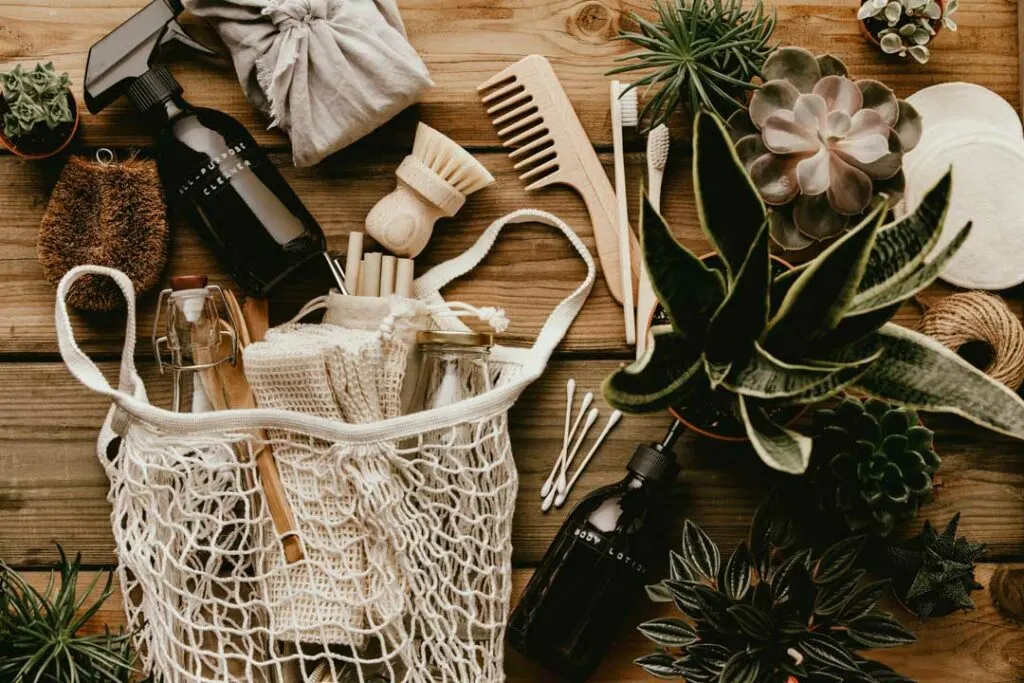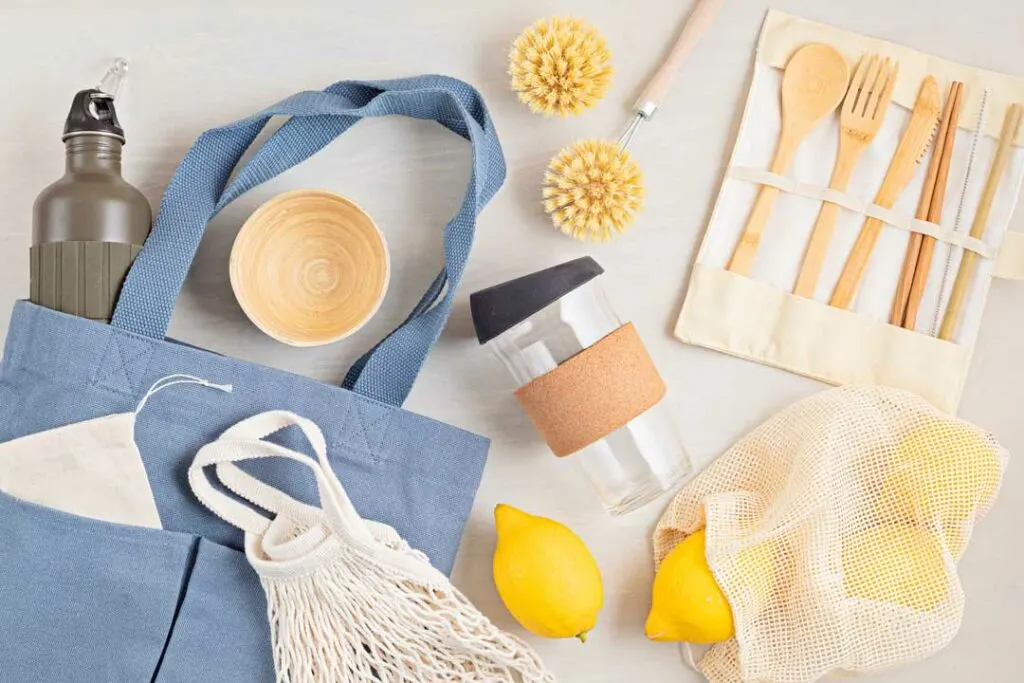Shopping sustainably is more important than ever, but not every product is as eco-friendly as it claims. Learn how to buy eco-friendly products by identifying trusted certifications, supporting local artisans, and reducing waste.

How to Buy Eco-Friendly Products: A Guide to Smart Choices
With much of the world moving closer to eco-friendly products that don’t harm you or the environment, it’s easy to fall into the trap of believing that anything you purchase will adhere to these principles. Unfortunately, while great strides are being made, the fact of the matter is that these items remain somewhat elusive when compared with their more detrimental brethren.
Nonetheless, this doesn’t mean that the world is entirely bereft of such products; you probably need to work a little harder and think a little smarter when it comes to selecting the things you want and need. In this post, we are going to explore various ways in which anyone can use to ensure that they end up with the sorts of products that have minimal impact on the world around us as well as our own bodies.
Support Local Manufacturers And Artisans

It is an unfortunate truth that plenty of brands and businesses around the world will try as hard as possible to obfuscate how their stuff is made and what it contains in order to make a sale and reduce their own costs.
This is true even if they are required by law to include how and where materials are sourced and the substances used to make them, as most folks without a degree in chemistry are very unlikely to understand what’s involved in the makeup of certain things. So what can the average person do to ensure they end up with non toxic products that have been made using environmentally-friendly materials that won’t cause damage to their body?
Well, if you are lucky enough to live in areas with thriving local and artisan communities, they ought to be your first port of call. It is these kinds of businesses that most deserve your support as they are the ones that often go the extra mile to ensure everything they sell has been as ethically produced as possible.
Now, this doesn’t mean that you should let your guard down as soon as you have found one selling the things you want, but it does make it more likely you’ll avoid the usual consumerist rubbish that is typically peddled by larger corporations that are less troubled by the stuff they churn out to the mass market.
Research Brands For Eco-Friendly Practices
If you are unable to find any local shops in your area or know of some but don’t stock the things you need, the next option is to spend a bit of time in the research phase, where you will search around for businesses that are well-known for their eco-friendly practices.

You can usually find them by performing a standard search engine operation, which ought to bring up an extensive list of retailers that practice what they preach. Once you have a shortlist of companies that state their eco credentials, you can either take them at face value or dig a bit deeper to be 100% certain that their products adhere to the fundamental rules of eco-friendliness.
Look For Third-Party Certifications If Available
While it is an unfortunate truth that most businesses only care about their shareholders and their bottom lines, others will take a proactive approach to ensure their goods won’t harm the planet.
Moreover, many will take strides in ensuring they are able to become certified with any number of organizations so they are able to prove to their audience that they follow through on their promises.
However, as you’ll soon discover as a running theme throughout this post, you should always perform your own due diligence, as these certifications can be open to abuse and prone to the ever-present green-washing. Nevertheless, when it comes to eco-certification, the following tend to be the best-known:
- Global Organic Textile Standard (GOTS)
- Forest Stewardship Council (FSC)
- Energy Star
- Fairtrade
- Blue Angel
Regarding nontoxic items, you can check out those that have any of the following:
- MADE SAFE
- USDA-Certified Biobased Product
- Oeko-Tex Standard 100
- Nontoxic Certified
- Toxic Free

These are only a few examples of organizations known for their strict adherence to the cause, but others exist, and you should do your own checks to see if there are others that better meet your criteria.
Prioritize Products With Minimal Packaging
This tip is mainly aimed at caring for the environment rather than non-toxicity. When shopping around, you should ensure that anything you buy or have delivered (which, let’s be open, actually causes more harm than buying locally) only includes the bare minimum when it comes to packaging.
This is true even if they state they utilize eco-friendly and biodegradable materials because the fact is that regardless of whether it can be safely disposed of, the action of making the packaging will result in the use of energy. Therefore, it stands to reason that any time with lots of packaging will require more energy to create than those with menial packaging.
While you can’t always guarantee how it will turn up at your house, a little detective work and communication with the vendor can dig up lots of clues about how they go about their packaging processes.
Read Reviews From Other Consumers
If you are new to a specific company but are unsure about its products but really like its offerings, you can always use the age-old process of hopping online and reading reviews from others who have made the leap. The best way to achieve this is by joining multiple forums that have a focus on these subjects and asking away from your fellow forum occupants.
The answers you’ll receive will vary based on the quality of the forums, but the answers should give you a better idea of whether a product is worth the cost or if the manufacturer is less than honest about how they make and brand their stuff.
Consider The Product’s Life Cycle
Not everything has to be made using the most eco-friendly materials to constitute eco-friendly. While that statement might seem like a bit of an anathema to the cause, the fact is that you also have to consider the life cycle and how you’ll use the product.

For example, even if you purchase an item that has been made to the highest ethical standards but only use it once and dispose of it, you will have contributed to unnecessary energy usage as well as being guilty of adding to the already enormous amount of landfill waste that plagues most countries. Instead, you also need to think about how you will use whatever it is you want to avoid becoming part of the problem yourself.
Eco-Friendly Shopping: Tips for Non-Toxic and Sustainable Choices
It’s not always straightforward to buy nontoxic stuff that won’t harm your body or environmentally friendly stuff that hasn’t ravaged the earth to produce an item. However, by using the tips outlined here, you should be better positioned to make an informed choice.
Knowing how to buy eco-friendly products empowers you to make choices that benefit your health and the environment. From recognizing trusted certifications to prioritizing minimal packaging, each step helps reduce your impact on the planet. With these strategies, you can confidently choose products that align with your values and contribute to a sustainable future.

Jessi is the creative mind behind The Coffee Mom, a popular blog that combines parenting advice, travel tips, and a love for all things Disney. As a trusted Disney influencer and passionate storyteller, Jessi’s authentic insights and relatable content resonate with readers worldwide.
